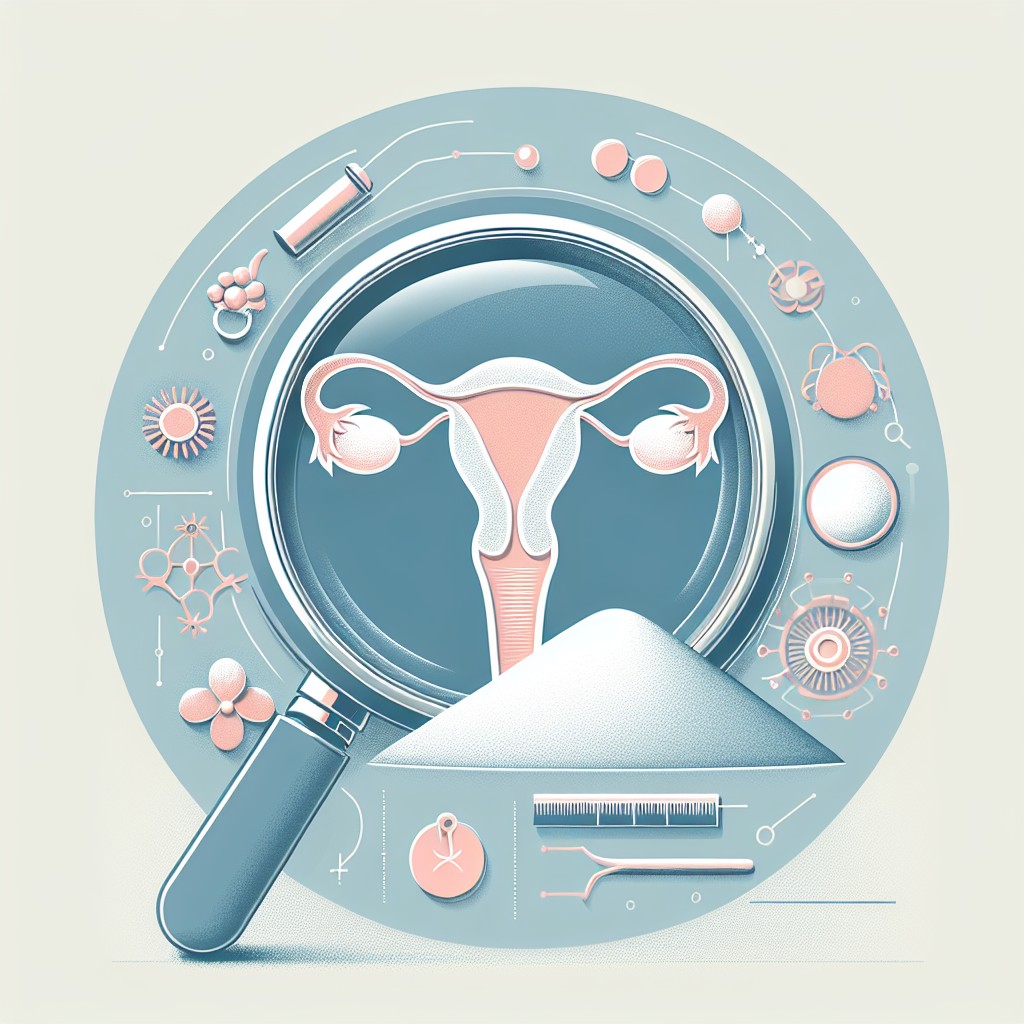Talcum powder, a common household product used for various purposes, has been at the center of controversial claims linking its use to ovarian cancer. In recent years, numerous lawsuits have been filed against manufacturers of talcum powder alleging that the product caused or contributed to the development of ovarian cancer in women. This article aims to delve into the details surrounding these claims and shed light on the scientific research conducted thus far.
Talcum powder, also known as baby powder, is made from talc, a naturally occurring mineral composed of magnesium, silicon, and oxygen. It is widely used for its moisture-absorbing and friction-reducing properties, making it a popular choice for preventing chafing and soothing skin irritation.
The association between talcum powder and ovarian cancer stems from the hypothesis that talc particles, when used in the genital area, can migrate through the reproductive system and reach the ovaries. Once inside the ovaries, these particles are believed to cause chronic inflammation and increase the risk of cancerous cell growth.
Several studies have been conducted to investigate this potential link. The results, however, have been mixed, and the scientific community has not reached a consensus on the issue. Some studies suggest a modest increase in ovarian cancer risk associated with talcum powder use, while others do not find any significant association.
One of the most influential studies was published in 2016 by the American Association for Cancer Research. This study analyzed data from over 2,000 women and concluded that genital talc use was associated with a 33% increased risk of ovarian cancer. However, it is important to note that this study relied on self-reported data, which can be subject to recall bias.
The International Agency for Research on Cancer (IARC), a specialized agency of the World Health Organization (WHO), classifies talc containing asbestos as a known human carcinogen. However, the talcum powder available in the market today is asbestos-free, as regulations prohibit the use of asbestos in cosmetic products.
Legal battles surrounding talcum powder and ovarian cancer have resulted in significant financial settlements. Johnson & Johnson, one of the largest manufacturers of talcum powder, faced multiple lawsuits and paid billions of dollars in compensation to plaintiffs claiming that their products caused their ovarian cancer. However, it is worth mentioning that the company maintains that their talcum powder is safe and continues to sell it.
In light of the ongoing debate and inconclusive scientific evidence, regulatory bodies such as the U.S. Food and Drug Administration (FDA) have not banned the use of talcum powder in cosmetic products. Nevertheless, they advise consumers to use talcum powder sparingly and keep it out of the genital area to minimize potential risks.
In conclusion, the link between talcum powder and ovarian cancer remains a subject of controversy. While some studies suggest a potential association, others have found no significant evidence supporting such claims. It is crucial for individuals to stay informed and make their own decisions regarding the use of talcum powder based on their personal risk factors and preferences. Consulting with healthcare professionals can provide further guidance in this matter.

Share This Article
More Articles You Might Like
Discover More Content
Explore our collection of articles across various topics and categories. From cutting-edge technology insights to wellness wisdom, we curate the best stories to expand your horizons.
Article ID: 329